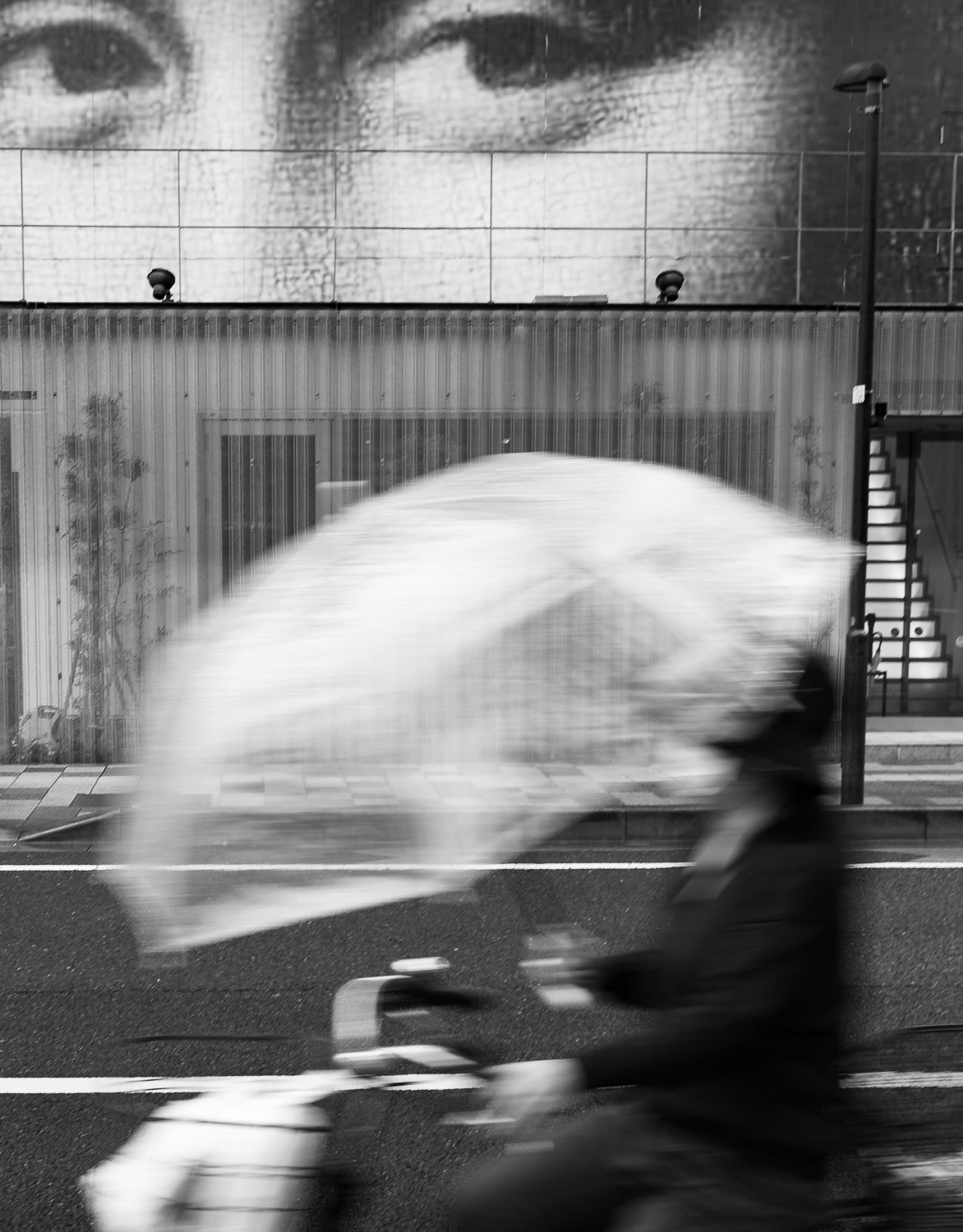The Definitive Guide: Motion in Your Street Photography
Motion in Your Street Photography:
Incorporating motion into any genre of photography adds dynamic layers to the composition. A visual layer encourages viewers to engage more deeply with the image, while a psychological layer prompts them to reflect on its meaning. This is particularly relevant in street photography, which encompasses a wide range of visual styles, techniques, and subject matter.
Adding motion is a simple technique and will serve as the starting point for this guide. The second part will encompass the psychological layer, which can be more difficult to implement.
Adding Motion to Your Street Photography:
Techniques and composition are two critical ideas for adding motion to your street photography. To effectively capture motion, you must master shutter and subject speeds. It’s essential to consider these elements simultaneously to achieve the desired effect. Given the same shutter speed, a taxi speeding past the camera will blur more than a person walking. Altering either of these factors will introduce more or less blur into the image.
The taxi moves rapidly, while the man in the image shows only the slightest motion in his arm. The taxi blur is considerable. The speed of the taxi relative to the slow shutter speed, 1/8 of a second, creates this motion blur. If the same scene were recorded at 1/250 of a second, the shutter speed of the man walking would produce far less blur in the taxi. Conversely, the man walking in the image above is of cinematic quality due to the subtle use of motion blur.
A shutter speed of 1/500 is desirable to consistently freeze most human subjects. Each stop slower, 1/250, 1/125, and 1/60 of a second, will add more motion while keeping the subject relatively sharp. The subject's speed will also play a role in how much each of these shutter speeds adds motion blur. Longer focal lengths can introduce lens or camera blur, which is not the same and often undesirable.
Once a shutter speed of 1/30 or slower is introduced, most humans exhibit significant motion blur.
This can be used to significant effect. Each of the images above displays progressively more blur.
Image one is of the Shibuya Sky Bridge. Each person has some blur, giving an average image something more. The second photo has a significant amount of motion, exaggerating the subject and shifting the focus to the background. The final image exaggerates the subject due to excessive motion blur, creating a ghost-like effect. The purpose of exaggeration is to render images with a ghost-like style for a project examining the commuters' lives in Tokyo.
The second aspect of incorporating motion blur is its psychological effect on an image.
Layering Motion Blur in Your Street Photography:
Excessive blur has the power to alter the meaning or shift the focus of an image. To achieve the greatest impact with motion blur, it’s essential to identify the optimal level of blur for each subject and effectively contrast it with a stationary subject that carries equal or greater visual weight in the composition. Consider the following images as examples of how this is achieved.
Each image has a blur unique to its subject matter and the author’s pre-visualized concept. The common idea is to create more interest in the subject using naturally occurring motion. The only way to know the right amount of motion blur is to go and shoot.
A great way to practice is to maintain a consistent background and framing while adjusting the shutter speed. This trial-and-error process will yield excellent images and valuable experiences for those who engage in it.










